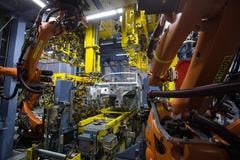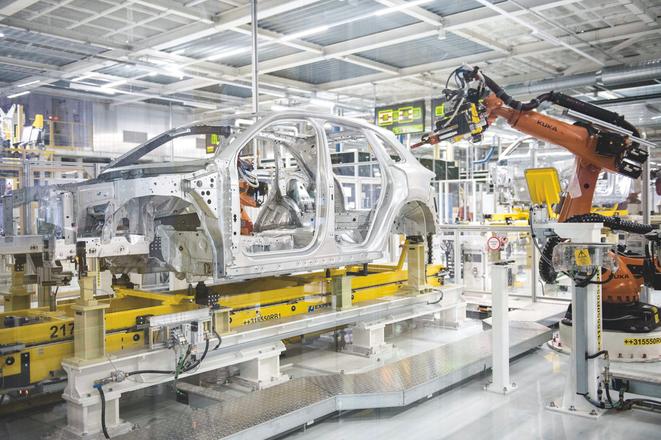Altogether 21 new measures should help the automotive industry in Slovakia. Authored by the Economy Ministry in cooperation with other ministries, they are expected to remove barriers to the sustainable development of the automotive industry in the country, including the supply chain.
The measures are more specific than in the original proposal, said Economy Minister Peter Žiga (Smer), as quoted by the SITA newswire.
“They will be applied not only on the automotive industry, but will probably be one of the packages of measures for the entire business sector,” Žiga said, as quoted by SITA.
Ministry identified the barriers
The measures, among other things, concern the investments of companies in research and development. For example, the so-called “super deduction” of R&D costs, enabling companies to deduct a certain percentage of their expenditures on R&D from their tax base, is expected to increase from the current 100 percent to 200 percent next year.

Another problem concerns accommodation for employees or the launch of Industry 4.0.
The measures will come into force gradually throughout this year, Žiga said.
The Economy Ministry, along with representatives of the automotive industry, also identified several barriers related to changes in the business environment, which from a short-term as well as a long-term perspective, deteriorate the conditions for the sustainable competitiveness of the automotive industry not only for final producers, but for suppliers in particular.
The proposed solutions concern three areas. First is instability and the unsystematic development of the business environment with a direct impact on rapid and unpredictable growth of costs, the second is the low level of R&D activities, the development of applied science, research and innovation, and networking of actors, as well as an insufficiently created environment for the application of principles of the circular economy in the automotive industry, SITA wrote.



 (source: TASR)
(source: TASR)